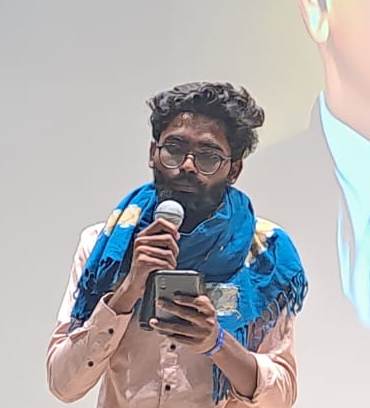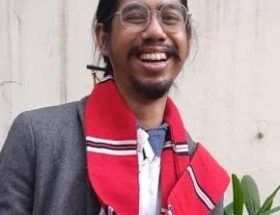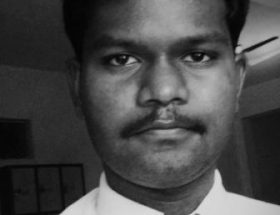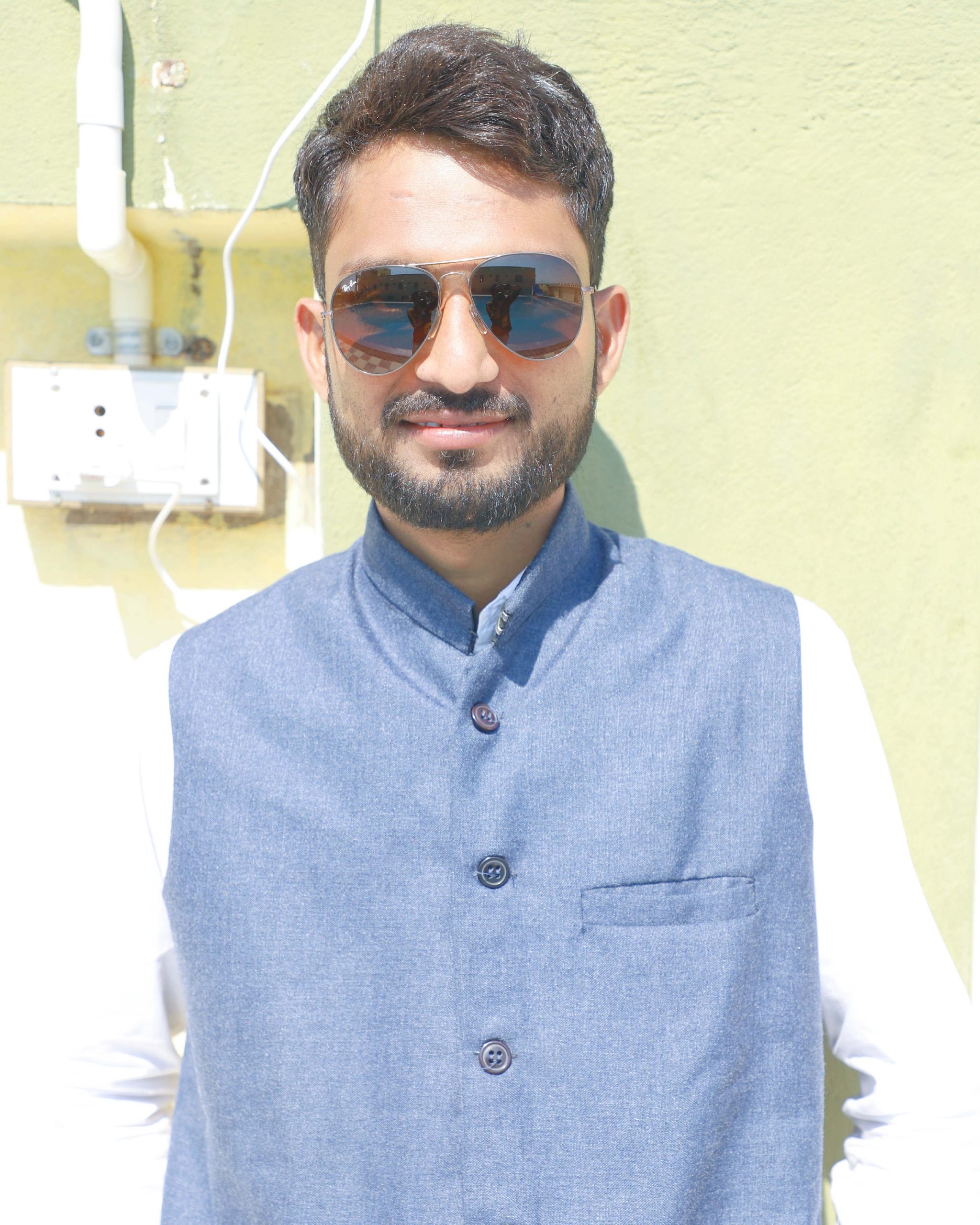Prashant Randive
India is one of the world’s largest democracies, with a constitution that enshrines democratic ideals and a political system that is meant to reflect them. However, despite the country’s many democratic achievements, there remain significant challenges and contradictions that continue to affect Indian society and politics. One of the most important figures in the history of Indian democracy is Dr.Babasaheb Ambedkar, who played a key role in drafting the Indian constitution and advocating for the rights of marginalized communities. Babasaheb had a unique vision of what democracy meant for India, and he saw it as more than just a political system. He argued that true democracy required a fundamental transformation of Indian society, one that would eliminate the deep rooted inequalities and injustices that had long plagued it. This article will explore his ideas about social democracy in the context of political democracy in India.
Understanding Ambedkar’s Idea of Social Democracy
Babasaheb often used the term “social democracy” in his writings and speeches. He dedicated his book “Who were the Shudras?” to Phule, calling him the greatest Shudra who preached that social democracy was more important for India than independence from foreign rule (BAWS 1979,Vol.7 pp.12). According to Babasaheb, even Buddha worked towards achieving social democracy. However, it is important to understand what he meant by social democracy and whether it was in opposition to political democracy or complementary to it.
Babasaheb viewed democracy as more than just a type of government, but as a way of living together and sharing experiences. A society that is free from strict social barriers is required for democracy to function effectively (BAWS 1979, Vol 1, pp.57,144, 222, 223,) He believed that empathy and compassion for fellow citizens were crucial to a democratic society. Even if there is freedom and equality, without fraternity, democracy cannot thrive. He was critical about the French revolution and Russian revolution because they both failed to ensure the coexistence of liberty, equality and fraternity. He states the “communism can give only one at time” hence he rejects the communism and accepts the Buddha’s path (BAWS VOL 3 pp.462)
He asserted that religion has a role in promoting fraternity, as it shapes people’s social relationships in India (BAWS Vol.04 pp. 284). Therefore, he urged Hindus to incorporate democratic principles such as liberty, equality, and fraternity into their religion. By doing so, they can establish a democratic foundation that is more inclusive and just (BAWS 1979, Vol.01 pp.77). He believed that fraternity is crucial for strengthening social bonds.(BAWS 1990, Vol.03 pp.97) Simply ensuring formal liberty and equality is not enough. Babasaheb argued that individuals must also have access to the necessary resources and power to truly take advantage of their freedom. Real liberty can only be achieved through the elimination of all forms of exploitation and suppression, and the end of one class dominating another (BAWS 1990, Vol.03, pp.98).
For him the formal framework of democracy is of no value and would indeed be a misfit if there was no social democracy (BAWS 1979, Vol.01, pp.224). For a democratic government to function, the people must be in charge of the political system. Without a democratic society, this political apparatus cannot work effectively, and the idea of a “government of the people” cannot be realized. It is incorrect to view government and society as separate entities since the government is just one institution that society creates to carry out its duties for collective social life. Society assigns functions to various institutions, including the government, to work together for the collective good. In summary, a democratic society is essential for a democratic government to work, and it is crucial to recognize the interdependence of government and society. The role of the government is to represent the goals, objectives, and desires of the society it serves. However, this can only occur if the society is democratic in nature. If the society is not democratic, then the government cannot truly reflect the society’s aspirations. In other words, a government can only be as democratic as the society it serves. This idea suggests that the foundation of democracy lies in the society itself and its collective commitment to democratic values.(BAWS 1990, Vol.04, pp. 282)
To ensure the success of political democracy, it is crucial to instill the democratic attitude of liberty, equality, and fraternity in all aspects of social and religious life. Babasaheb believed that achieving social democracy meant overcoming the contradictions that exist within national life, which he spoke about in his final speech to the constituent assembly. The annihilation of caste is essential in order to eliminate the social, economic, and cultural barriers that have contributed to these contradictions. Ambedkar envisioned a Prabuddha Bharata, or enlightened India, where social democracy is realized. However, it remains to be seen to what extent Indian democracy has progressed towards this goal. Despite Ambedkar’s vision of an egalitarian society, the question remains whether Indian democracy has successfully achieved this vision.
Liberal democracy remained in contradiction
In India, democracy is primarily viewed as a political democracy where citizens are guaranteed fundamental rights under the written constitution. The implementation of various measures such as reservations, Civil Rights Protection Acts, the Atrocities Act, abolition of untouchability, property rights for women, and the Directive Principles has created opportunities for the historically oppressed and marginalized groups to experience upward mobility in the political sphere. These measures have also served as a guide towards the establishment of social and economic democracy, thus providing avenues for the masses to progress towards a more equitable society.
Liberal democracy in India has allowed for the representation of marginalized groups, including dalits and women, in political institutions. This has expanded normative spaces beyond just equality, liberty, and rights, to include self-respect and dignity (Guru, 2011 pp.99). However, despite these opportunities, the lack of social penetration of liberal values has allowed casteist and patriarchal mindsets to persist in government institutions over the years. One example of this is the continued biases towards social welfare departments and ministries that are predominantly staffed by Dalits. Such institutions are meant to provide support and services to marginalized communities, but they often fall prey to the same biases and prejudices that they are meant to fight against. For instance, the use of Gangajal to cleanse offices by savarna officers and judges to take charge after a Scheduled caste person is a clear indication that caste has taken over government institutions, which no longer remain secular public institutions.(Guru, 2011 pp.105)
Moreover, civil society also exhibits deep contempt towards institutions (Dorairaj 2011: 90-93) created for Dalits and minorities, highlighting the lack of fraternity in Indian society. The liberal democracy, in theory, assures equality and liberty, but it fails to ensure social rights since the lack of fellow feeling makes it impossible to actualize fraternity, which is the root of democracy. The recent incidents of the brutal killing of an Ambedkarite Budhist by group of people from dominant caste Maratha because of the celebration of Ambedkar jayanti in the village for a first time (The Mooknayak, 2023), killing of matang dalit men for merely three thousand rupees , chopping down the thumb of dalit men by upper castes because his nephew touched their cricket ball (The Mooknayak, 2023) shows that at the social plain equality and fraternity is not yet fully established. The lack of equality often results in the violation of liberty which inturn hampers the very principle of social democracy i.e fraternity. This lack of fellow feeling often hits hard to the marginalized community. Hence despite the progress made towards achieving equality and liberty for marginalized identities, the social democracy envisioned by Ambedkar, which involves the inculcation of democratic attitudes such as liberty, equality, and fraternity in all spheres of social and religious life, remains elusive.
The problem is not just limited to India; many democracies around the world struggle with issues of inequality and social justice. It is a matter of inquiry as to what methods and ways can be adopted to inculcate democratic attitudes in society. However, it is clear that India has a long way to go before it achieves the social democracy that Ambedkar envisioned. Achieving this requires a fundamental shift in the societal mindset towards eliminating caste-based discrimination and creating a more inclusive and egalitarian society. Until then, the promise of liberal democracy will remain unfulfilled, and the marginalized will continue to suffer.
~
References
- Ambedkar, B. R. (1979). Dr. Babasaheb Ambedkar: Writings and speeches (Vol. 1). Education Department, Government of Maharashtra. pp. Pp.57, 77, 144, 222-224.
- Ambedkar, B. R. (1987). Dr. Babasaheb Ambedkar: Writings and speeches (Vol. 3). Education Department, Government of Maharashtra. pp.97-98
- Ambedkar, B. R. (1990). Dr. Babasaheb Ambedkar: Writings and speeches (Vol. 4). Education Department, Government of Maharashtra. pp. 282,284
- Ambedkar, B. R. (1990). Dr. Babasaheb Ambedkar: Writings and speeches (Vol. 7). Education Department, Government of Maharashtra. 12
- Guru, G. (2011). Liberal Democracy in India and the Dalit Critique. Social Research, 78(1), pp.99,105 http://www.jstor.org/stable/23347205
- Yengde S. & Teltumbde A. (2018). The radical in ambedkar : critical reflections. Allen Lane an imprint of Penguin Random House. Pp.
- Dorairaj, S. “Hellhole Hostel.” Frontline 28:2 (January 15-28, 2011): 90-93 https://frontline.thehindu.com/social-issues/article30174307.ece
- https://en.themooknayak.com/dalit-news/dalit-youth-lynched-by-mob-for-celebrating-ambedkar-jayanti
- https://www.themooknayak.com/dalit/dalit-boys-uncles-thumb-cut-off-by-angry-mob-after-touching-cricket-ball
Bibliography
- Pandey, S., & Mukerji, S. (2013). INDIAN DEMOCRACY: INCLUSIVE IN THEORY EXCLUSIONARY IN PRACTICE. The Indian Journal of Political Science, 74(3), 557–570. http://www.jstor.org/stable/24701065
- Saberwal, S. (2001). Democracy and Civil Society In India: Integral or Accidental? Sociological Bulletin, 50(2), 192–205. http://www.jstor.org/stable/23619838
- Ellora Puri. (2004). Civil and Political Society: A Contested Relationship? Economic and Political Weekly, 39(32), 3593–3594. http://www.jstor.org/stable/4415378










